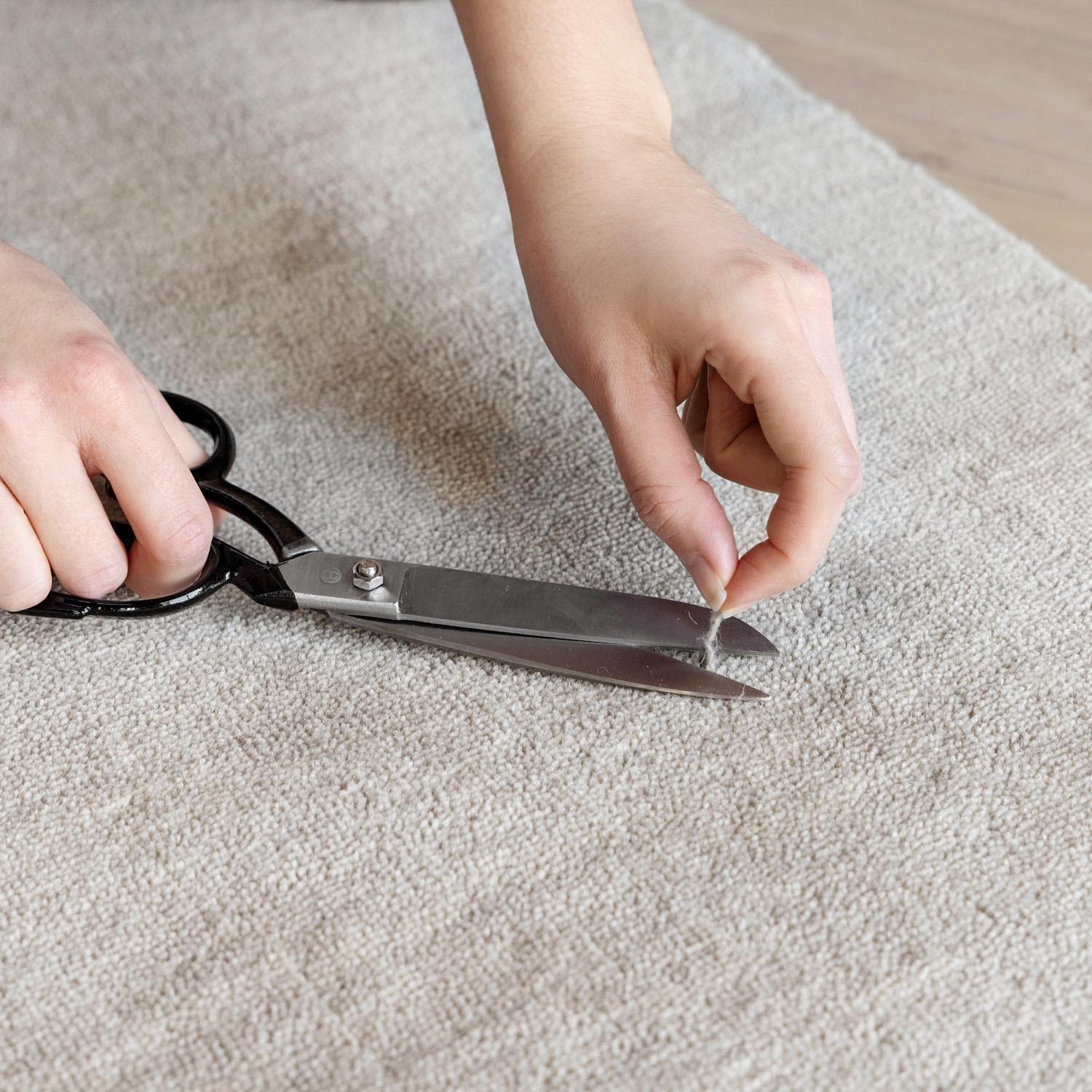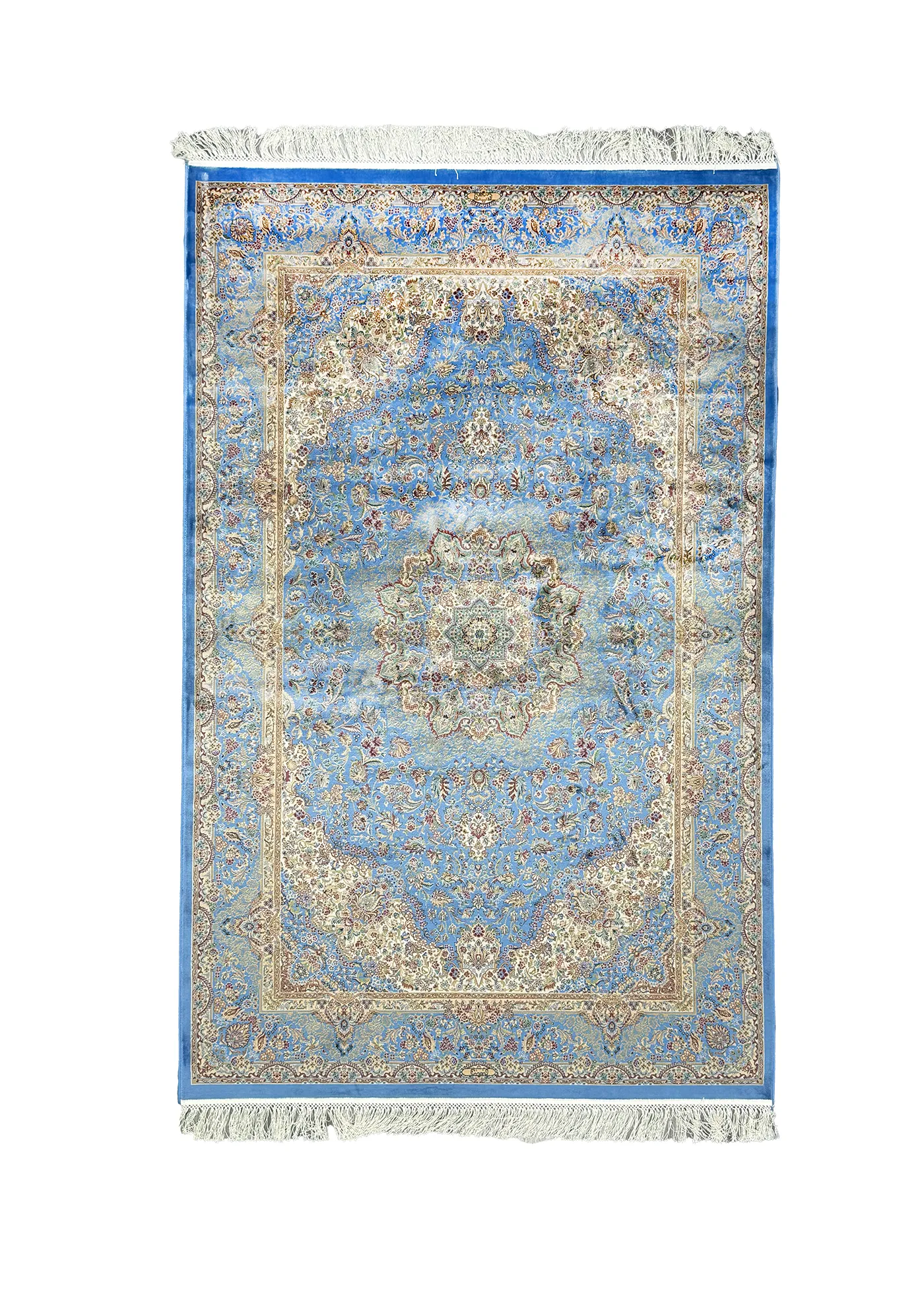The Art of a Silk Persian Rug: History and Elegance
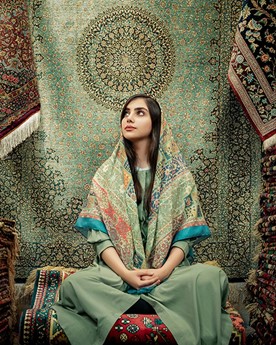
Introduction: The Art of a Silk Persian Rug
Picture a silk Persian rug glowing in a cozy room, its patterns weaving tales of ancient artisans. These rugs are more than decor; they’re cultural treasures. At Afra Rugs, we love sharing the charm of Persian style rugs, inspired by these classics.
This post explores the history, craft, and modern appeal of silk Persian rugs. Why are they so special? How do they fit today’s homes? We’ll answer with a table of patterns, a list of modern uses, and an infographic on their evolution. Whether you adore rugs or just love beauty, this article will spark your interest. Check our blog for more on Persian style rugs. Let’s dive into why a silk Persian rug feels like a timeless legacy.
The Origins of Silk Persian Rugs
Roots in Ancient Persia
The silk Persian rug began in ancient Persia, over 2,500 years ago. During the Achaemenid Empire (550–330 BCE), rugs adorned palaces, showing wealth. Silk, with its shine, became a luxury choice by the Sassanid era (224–651 CE). Royalty reserved these rugs, often woven with gold, for prestige.
The Safavid dynasty (1501–1736) marked the peak of silk Persian rug artistry. Shahs set up workshops in Isfahan and Tabriz, where weavers created rugs for trade and gifts. Silk’s fine threads allowed tight knots, making designs sharper than wool’s. A rug might have 500 knots per square inch, unlike wool’s 100–200. These treasures traveled the Silk Road, reaching Europe. Cities like Kashan became famous for silk weaves. Afra Rugs’ Traditional Persian Rugs Collection echoes this elegance, bringing history to modern homes.
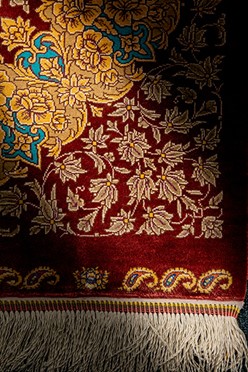
A close examination of a silk Persian rug reveals its detailed craftsmanship and the rich depth of its traditional motifs. Photo by Robert Sciberras
The Artistry Behind Silk Persian Rugs
Weaving Beauty with Silk
Crafting a silk Persian rug is like painting with thread. Artisans weave for months, creating patterns of culture and nature. Silk’s fine fibers allow tight knots—up to 1,000 per square inch—making designs sharp and vibrant, unlike wool’s coarser weaves. This clarity defines Persian style rugs.
Weavers use a balanced knot for detail. Patterns like boteh (paisley) or medallions carry meaning, from life to harmony. Kashan rugs feature floral borders; Tabriz blends bold curves.
Table: Iconic Silk Persian Rug Patterns
| Pattern | Region | Description | Feature |
| Boteh | Tabriz | Paisley shapes for life | Curved design |
| Medallion | Kashan | Central star, floral edges | Bold symmetry |
| Herati | Herat | Fish-like motifs, rosettes | Geometric balance |
| Garden | Qom | Quadrant garden layout | Spiritual design |
Caption: Iconic silk Persian rug patterns reflect rich artistry.
Silk’s glow enhances colors, inspiring Afra Rugs’ Bold Hues. These rugs feel like heirlooms, connecting past to present.
Why Silk Persian Rugs Captivate Today
Timeless Style for Modern Homes
A silk Persian rug shines in today’s homes, blending tradition with flexibility. Its detailed patterns fit cozy or sleek spaces, making Persian style rugs versatile. Afra Rugs’ Traditional Persian Rugs Collection captures this timeless charm.
Why Choose a Silk Persian Rug?
- Sharp Patterns: Silk’s fine weave creates vivid designs.
- Bold Colors: Reds and blues pop, like in Bold Hues.
- Flexibility: Fits modern or classic decor.
- Lasting Quality: Silk’s strength makes rugs durable.
- Luxury: Their shine adds elegance.
Designers use silk Persian rugs to anchor rooms. A bold medallion rug pairs with a modern sofa, while a soft Herati design warms a dining space. Their light weight suits busy areas. Eco-friendly weaves align with Afra Rugs’ values. Explore our Traditional Persian Rugs Collection for inspired designs.
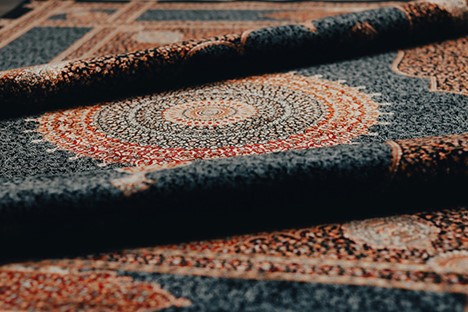
Close-up view of a rolled silk rug, displaying its traditional motifs and construction. Photo by Paolo Bici
Cultural Legacy of Silk Persian Rugs
Stories in Every Knot
A silk Persian rug carries deep meaning. Paradise garden designs show harmony, with quadrants for seasons. Boteh patterns symbolize life or resilience. In Persian culture, rugs were gifts or sacred objects in mosques. Qom rugs feature spiritual motifs; Tabriz blends bold imagery.
Globally, Persian style rugs shaped art, from European tapestries to modern decor. Afra Rugs’ Bold Hues reflect these vibrant weaves. Owning a silk Persian rug feels like holding history, its patterns telling ancient stories. This legacy keeps Persian style rugs cherished, linking past to present.
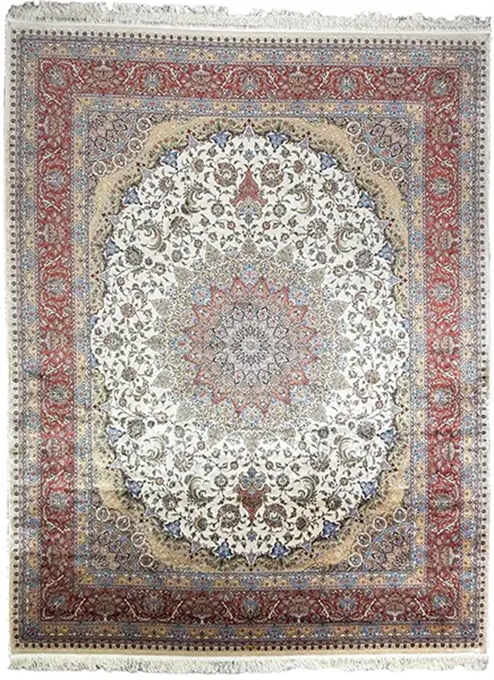
Beige and Red Silk Persian Rug Shah Abbasi 8 x 10 by Afra Rugs
FAQ Section
Frequently Asked Questions About Silk Persian Rugs
- What makes a silk Persian rug special? Silk’s fine threads create vivid, detailed patterns, unlike wool.
- How do Persian style rugs suit modern decor? Their patterns adapt to any style, adding warmth.
- What patterns define a silk Persian rug? Boteh, medallion, Herati, and garden designs stand out.
- Are silk Persian rugs durable? Silk’s strength ensures lasting beauty with care.
- Where can I find inspired rugs? See Afra Rugs’ Traditional Persian Rugs Collection.
Infographic: Evolution of Silk Persian Rugs by Afra Rugs
This infographic shows silk Persian rug history, from Achaemenid origins to Safavid workshops and modern weaves. It highlights patterns like boteh, with colors from Bold Hues.

Evolution of Silk Persian Rugs by Afra Rugs by Afra Rugs.
Conclusion: The Art of a Silk Persian Rug
A silk Persian rug weaves history, art, and style. From ancient Persia to modern homes, its patterns and colors captivate. Our table, list, and infographic show why Persian style rugs endure. At Afra Rugs, we craft designs inspired by this legacy. Explore our Traditional Persian Rugs Collection to bring timeless elegance home.

